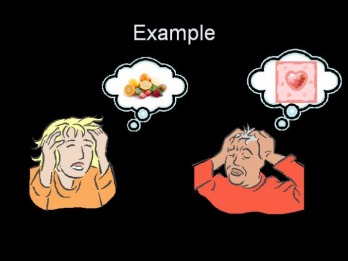Motivation & Discipline

Motivation and discipline, or understanding what makes students operate is the third step in creating a successful classroom. By figuring out their needs and wants, you as the teacher can use this to promote growth and self-control in students.
Description:
Every day, the decisions we make are based on a conscious or unconscious factor. This is motivation. It is what drives an individual to act. Motivation can be determined through personality, goals, curiosity, experiences, anxiety, needs, wants, self-concept, and expectations (Savage, 2009). One of the most significant theories in motivation is Maslow’s Hierarchy of Needs. In it, Abraham Maslow determined that there are eight main needs of a human being. These are categorized into a pyramid based on the most fundamental needs first. The largest portion of this is the human’s physiological needs. These are the basic elements of survival such as food, shelter, health, comfort, etc. Next are the safety needs. These are, as their name implies, the freedom from danger and violence. When these are met, the individual seeks belonging and love. This is a psychological need, and the individual needs to be a part of a group. Fourth are esteem needs, which include approval and recognition. Fifth is the desire to know and understand, or cognitive needs. Next are aesthetic needs when the person looks for beauty and symmetry. In the top two sections of this pyramid are self-actualization and self-transcendence. Self-actualization means that the person seeks to find their purpose, and self-transcendence refers to helping others find their purpose (Huitt, 2004). This directly relates to discipline in that students will behave based on their needs (this is explained in greater detail in the following sections).
Significance:
All of these factors greatly determine a student’s behavior. A child cannot move up the pyramid without first fulfilling the previous level. Therefore, the teacher needs to be aware that there may be factors involved that are greater than a simple choice of not paying attention, for example. The teacher needs to learn to be aware of what is driving the student to best meet their needs.
Demonstration:
Take, for example, a child whose physiological needs are not being met. It is exceptionally difficult for them to focus on the goal of learning, because they are centering their goals around meeting the need for food, shelter, etc. Similarly, a child with a deficiency in belonging and love may act out as a means to receive any form of attention.
Integral Components:
Accommodating needs and interests in the classroom is a vital role of the teacher. According to Savage, this can be done in a series of steps. First, create a safe environment for the students in the classroom. This also includes having sensory stimulation on such items as bulletin boards and learning centers. It may be helpful to view this through the five senses. In order to operate, they have to be nourished, safe, and used. The classroom should provide this to the students as well. They need a safe and intellectually stimulating environment. Next, the teacher can address the psychological needs of the students. This includes equity, consistency, and a warm, personal and accepting environment. The teacher should make the class a unit, or group, where students are taught how to help and accept one another. Third, address the interests of the students. This will appeal to their learning need. (Savage, 1999)
With the understanding of motivation and discipline comes increasing the probability of success. Helping students overcome a fear of failure can be achieved through providing opportunities for success. Motivating through competition is useful for students when the think they can win (and are able to). Similarly, motivate students with the need to achieve by setting up a situation for success. By encouraging all students and understanding their backgrounds, the teacher can help them achieve greater self control.
Individualization:
I plan to use this in teaching as I get to know my students. Spending time finding out about them, their interests, backgrounds, disinterests, etc. can all provide valuable information of how best to serve them. Maslow’s Hierarchy of Needs is a useful tool to assist students in their needs. Looking at the root of a behavior, as opposed to simply the behavior itself can provide valuable insight and opportunity for growth.
Spiritual Application:
As Christians, we are called to love and show compassion to those we meet. This includes our students. 1 John 4:7-8 tells us that love is of God and everyone who loves is born of God and knows God for God is love. (The converse is true as well.) If we are to look at the Biblical definition of love, based on 1 Corinthians 13: 4-7 we see that love is patient, kind, not jealous, not bragging or arrogant, does not act unbecomingly, or seek its own. It is not provoked, does not take into account a wrong suffered, does not rejoice in unrighteousness but rejoices with truth. It bears all things, believes all things, and endures all things. (words taken from the verses) By this model, the other person’s best interest is at heart always. As teachers, our student’s best interest needs to be placed first. Thus, getting to know them and understanding them is pivotal to meeting their needs and aiding them in good discipline.



